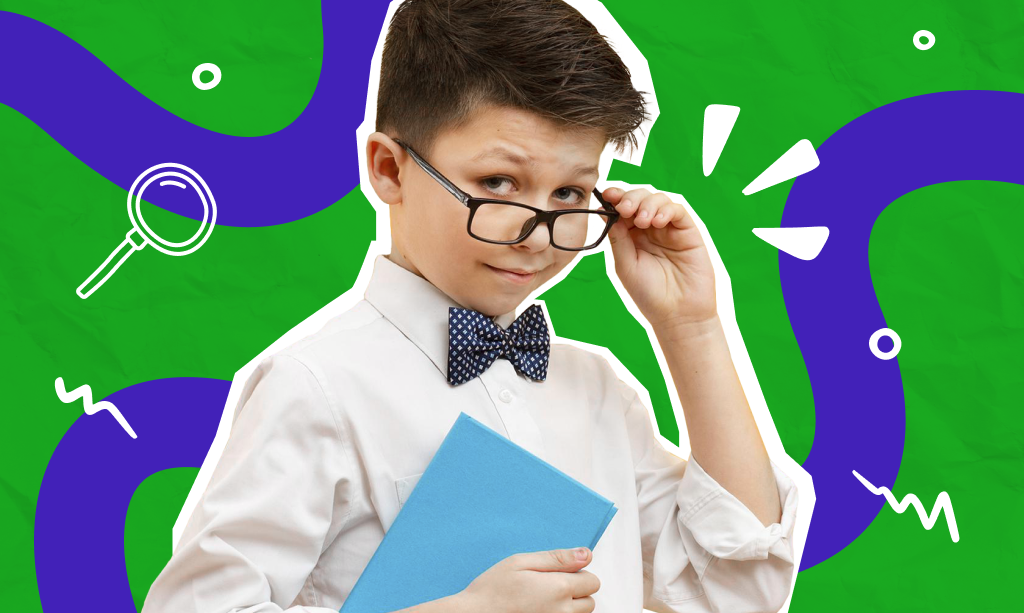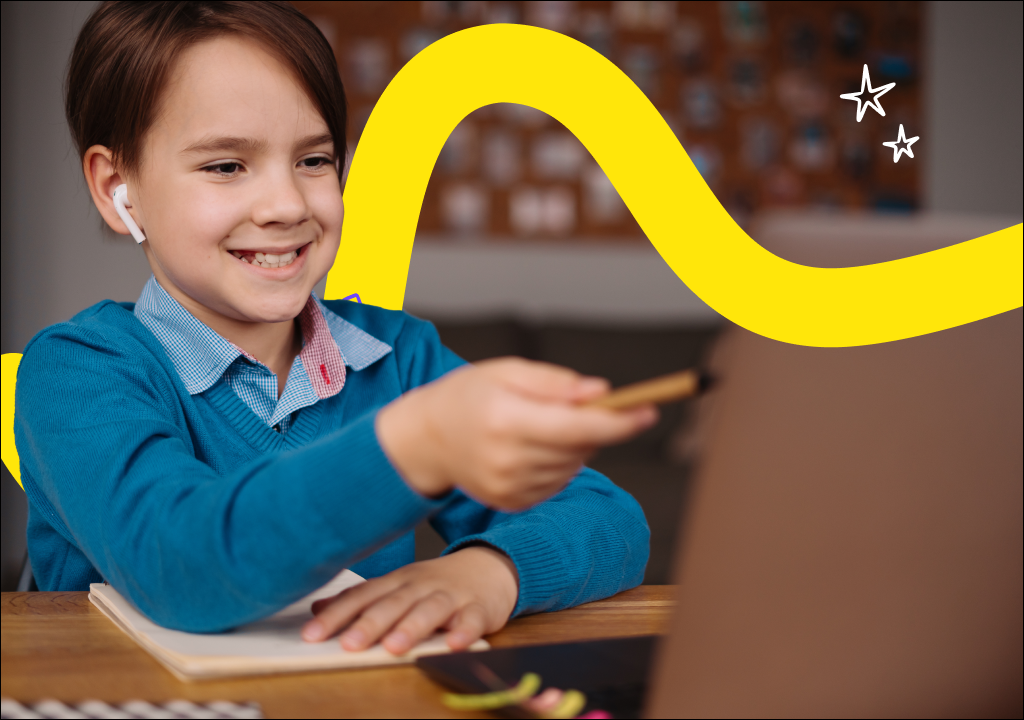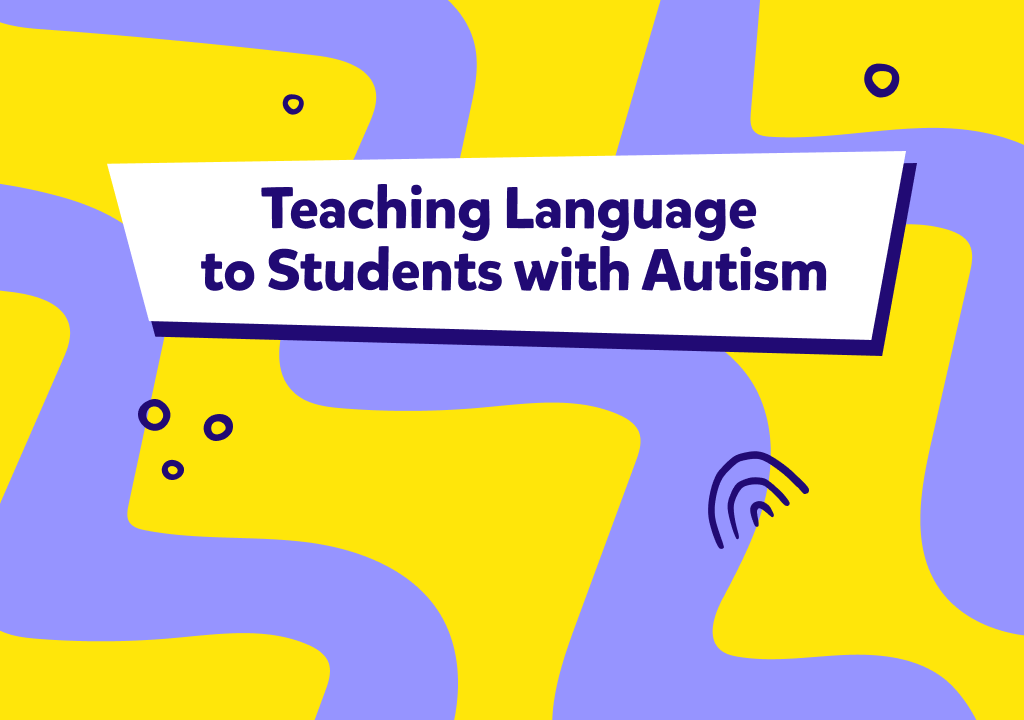- What’s the Best Amount of Time for an ESL Lesson?
- Factors to Consider
- Recommended Lesson Lengths
- Special Consideration: The 25-Minute Lesson
- Adjusting Lesson Lengths
Find the ideal ESL lesson length for your child, with tips for different age groups and a special focus on 25-minute sessions.
When it comes to learning English, one of the most common questions parents ask is, “How long should an English lesson be?” The length of a lesson can greatly affect how well your child learns. If the lesson is too long, they might lose focus. If it’s too short, they might not have enough time to fully understand the material. Thankfully, that’s where we come in!
This article will examine what influences the ideal lesson length for your child. Age, attention span, and the type of material being taught all affect the length of a lesson. A well-timed lesson helps your child stay focused, retain what they’ve learned, and make steady progress!
What’s the Best Amount of Time for an ESL Lesson?
Just like children are at home, the classroom is the same. Their age is going to dictate the amount of time a child can stay focused. Younger children usually benefit from shorter, more interactive lessons, while older kids may need longer lessons to cover more complex topics. Understanding these differences will help you choose the right lesson length for your child’s needs.
In the end, the goal is to create a learning environment where they can enjoy the process and make real progress in their English skills.
Factors to Consider
The ideal length of an English lesson for your child depends on several factors. Each child is unique, and understanding these factors can help you determine the best lesson duration. By considering things like your child’s age, attention span, the lesson’s objectives, and how they prefer to learn, you can ensure that the lesson is fun and memorable.
Age and Attention Span of the Child: Younger children typically have shorter attention spans, which means they may benefit from shorter lessons.
For example, a child under 10 might focus best for 20-30 minutes, while an older child or teenager could handle longer sessions. Age affects not only how long a child can focus but also the types of activities they enjoy, which can influence the pace.
Learning Objectives and Curriculum Requirements: The specific goals of the lesson and the requirements of the curriculum also affect its length. If the lesson covers a complex topic, such as grammar or writing, it may require a longer session.
However, simpler tasks, such as practicing vocabulary or speaking, can often be completed in a shorter time.
Individual Learning Pace and Preferences: Every child learns at their own pace. Some may grasp new concepts quickly, while others need more time to absorb the material. Understanding your child’s learning pace can help you decide if the lesson should be shorter or longer.
Additionally, some children may prefer fast-paced lessons with lots of activities, while others may benefit from slower, more relaxed sessions. Tailoring lesson duration to their preferences ensures they are engaged without feeling overwhelmed.

Recommended Lesson Lengths
The ideal lesson length for ESL learners varies by age, but it’s also dependent on the English level. The following is a general overview of lesson lengths for kids, keeping in mind that each child learns at their own pace. Keep in mind the lesson length should always be adjusted to suit their individual needs and language level.
Young Learners (Ages 3-6):
Lessons should be short, around 15-20 minutes, for younger children. Their attention spans are limited at this age, so frequent breaks are important to prevent frustration or loss of focus.
The lesson should include engaging, hands-on activities that keep them excited about learning, such as songs, games, or simple stories. Variety is key to maintaining interest and encouraging active participation.
Elementary to Middle School (Ages 7-13):
Standard lesson lengths of 30-45 minutes work well for children in this age group. At this stage, children can focus for longer periods, but it’s important to balance content delivery with interactive elements to keep them engaged.
Lessons should include activities like group work, discussions, or multimedia tools to reinforce learning and prevent boredom. They should also aim to cover a clear objective, such as learning a specific grammar rule or expanding vocabulary, while still offering opportunities for interaction.
Teenagers (Ages 14-18):
Teenagers typically work best with longer lessons, ranging from 45 to 60 minutes. They have the ability to engage in more focused discussions and deeper analysis, making this a good time to introduce more advanced topics.
Lessons for this age group can include skill-building exercises like debate or problem-solving tasks that challenge their English proficiency while keeping them engaged. This age group is also ready for lessons that focus on real-world language use, such as preparing for exams or learning professional vocabulary.
Special Consideration: The 25-Minute Lesson
Another example for ESL learners that is a mixture of different lesson types is the NovaKid approach, which offers 25-minute lessons designed to maximize engagement and retention. These shorter lessons are beneficial for new learners, those who are younger, or those with shorter attention spans.
Tips for Maximizing Learning Within a Shorter Timeframe
- Plan clear, specific objectives for each 25-minute session to avoid distractions.
- Use interactive, hands-on activities to keep the child engaged and promote active learning.
- Incorporate regular, quick assessments to measure progress and adjust lesson content as needed.
- Balance between introducing new material and reviewing previous concepts to reinforce learning.
Adjusting Lesson Lengths
Before we sign off, it’s important to remember that the ideal lesson length is not set in stone—adjustments may be necessary depending on how the student is progressing!
Recognizing when a student is starting to lose focus or showing signs of fatigue is important to make sure that lessons remain effective. Flexibility in lesson duration allows for a more personalized learning experience that can cater to students’ needs, ultimately helping them retain more information and stay engaged.
Additionally, consistent teacher and student feedback can provide valuable insight into when adjustments need to be made, ensuring that the learning process remains dynamic and supportive!






































